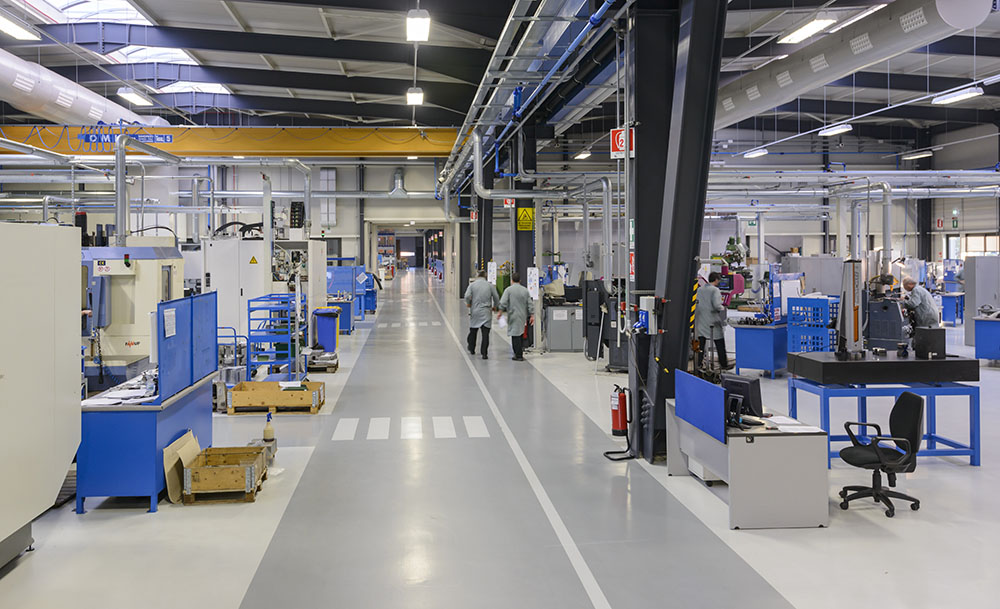The world’s first fully 3D-printed, pre-stressed concrete bicycle bridge in the world is open today. For the first time, cyclists can cycle over the 3D-bridge that was printed this summer in the lab of Eindhoven University of Technology. But more innovations took place at the ‘Gemert Noord-Om’, the new provincial ring road currently under construction. A complete concrete roundabout was put in its final place in six hours.
These innovative materials and construction methods contribute towards the building of the new provincial ring road around Gemert, the Gemert Noord-Om. Deputy Christophe Van Der Maat is satisfied with all developments: “Sustainability plays an increasingly important role in the construction and management of our roads. That is why we challenge market parties to build in an innovative way, to develop new sustainable technologies and to reuse materials as much as possible. In the evaluation of quotations and tenders for our projects, parties that come up with an innovative and sustainable plan are also preferred, even if that offer is perhaps slightly more expensive than with the regular approach. The construction of the Gemert-Noord is evidence that the construction industry also seizes this challenge together with knowledge institutions with both hands.
More durable
Marinus Schimmel, director BAM Infra Netherlands: “We are connecting for the future. We are constantly looking for a newer, smarter approach to solving infrastructural issues and thus make an important contribution to improving the mobility and sustainability of our society. Innovation plays a crucial role in this. With 3D printing we do not need auxiliary materials, such as formwork. This produces considerably less waste and we need to use less scarce raw materials. This way of working also has a positive effect on the amount of CO2 emissions during the production process of the bridge.”
Industrial customisation
The 3D printing of bridges enables customisation at any location, for a real cost level. Theo Salet, professor at Eindhoven University of Technology: “Thanks to the use of robots, every design can be realised in a unique way with the same effort.” An important additional advantage is that all information collected in the design process can now also be passed on directly to the customer. This is an important development in the field of Building Information Management (BIM), because it brings the parties in the chain closer together, and ultimately the end user who benefits from this, in the form of higher quality and customisation.”
Complete roundabout in place
In addition to the commissioning of the bicycle bridge, a complete roundabout was also put in place today. In the past few months the roundabout has been built next to traffic on top of six steel profile beams. The roundabout of steel and concrete with a weight of 1.2 million kilos was pushed into place over a length of 39 meters in 6 hours with the profile beams acting as rails. This total ‘operation’ including the breaking up of the existing Handelseweg and the connection to the new roundabout on the ring road has been limited to 48 hours of road closure. This building method is already being used more often in tunnels under the railway, but has now been used for the first time at a roundabout with the expertise of Mammoet.
Gemert Noord-Om
The 3D-printed bicycle bridge and retracted roundabout are part of the Gemert Noord-Om project that BAM Infra realises on behalf of the province of Noord-Brabant. The construction of the North Om was started on Monday 24 April and the work is expected to be completed by the end of 2017. The North Om will soon form the link between the Boekelseweg (N605) and the N272 which runs southeast of Gemert.


